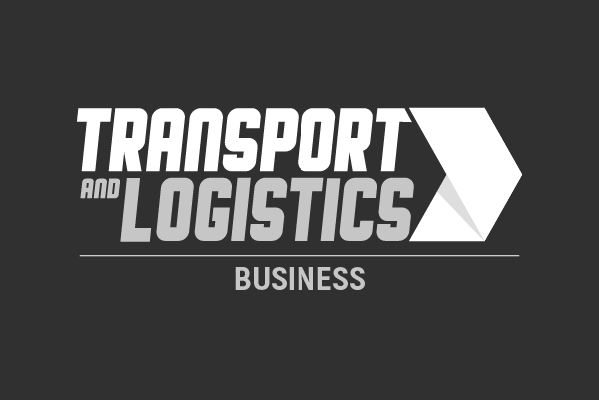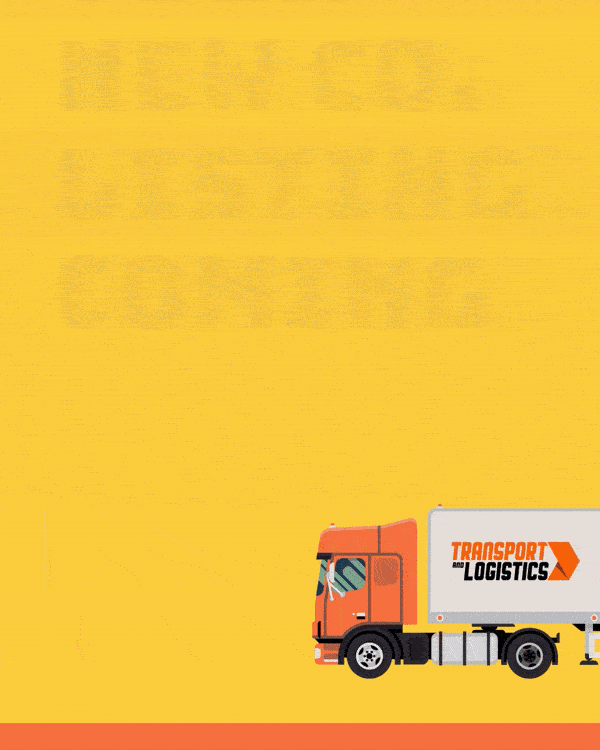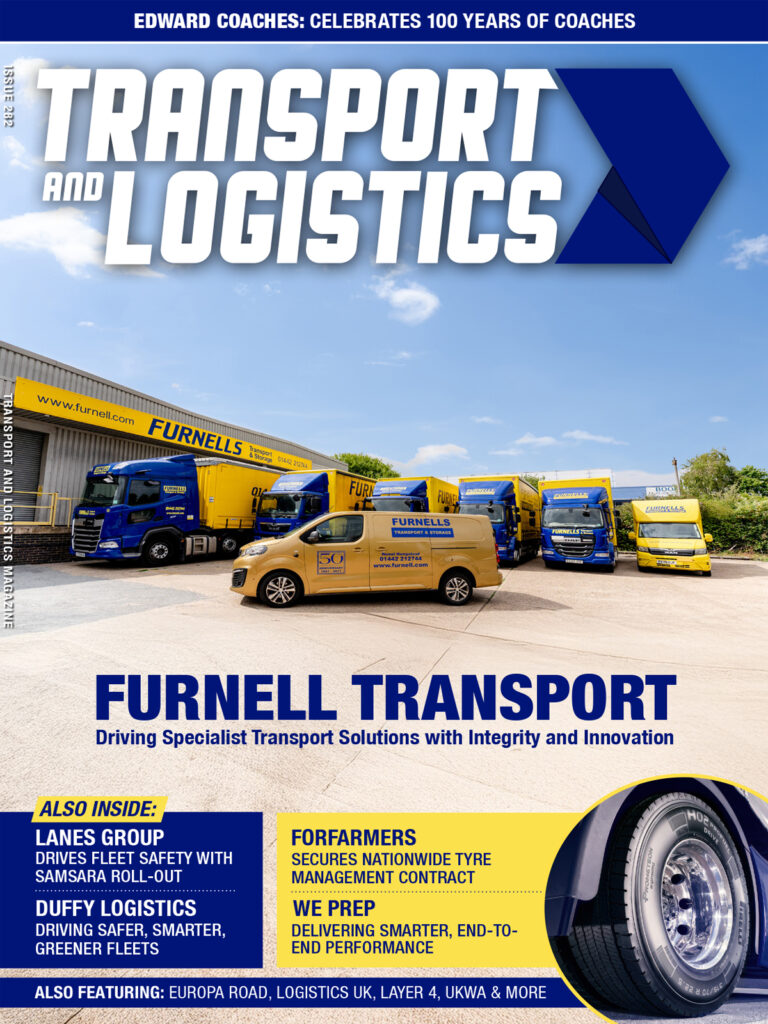Traffic simulation software developer Aimsun is building a large-scale, multi-tier transport model covering roads inside Greater Manchester’s M60 ring road.
Procured by Transport for Greater Manchester (TfGM) the model is a strategic planning and operational management tool that TfGM will use to assess a range of schemes being developed in support of its vision for a more integrated, accessible and affordable public transport and active travel system.
A key feature of the Aimsun model is that it will be linked to continuous data sources and support real-time traffic management in the future.
The model will create a new fully integrated environment that includes macroscopic, mesoscopic and microscopic modelling levels in a single platform, replacing various existing task-specific models built in separate software packages.
The strategic macroscopic level will be used for demand estimation, and nested inside, will be two mesoscopic and microscopic dynamic layers. The mesoscopic scale will use simplified vehicle dynamics and is suited for fast, full model assignments; the detailed microscopic model will cover Manchester city centre, where greater granularity is needed to capture interactions between individual vehicles.
As a new feature, the Aimsun model will enable a link to continuous data sources, including SCOOT traffic flows (from the UTC system), Bus AVL data and Automatic Traffic Counters.
Sam Corns, TfGM’s Highways Strategy Manager said, “Aimsun’s data services will enable semi-automatic model updates, which will greatly increase our efficiency while maintaining accuracy. Ultimately, this will support us in delivering for the travelling public in Greater Manchester.”
James Daniels, Managing Director of Aimsun UK added, “We’re building a model with a forward-looking architecture. We’re wrapping it in this infrastructure that is updateable, so it can be continually rebased. This architecture forms the perfect starting point for real-time traffic management in the future and it will make it easier for Greater Manchester to transition to a decision support system.”
The model will be validated against Department for Transport (DfT) Transport Analysis Guidance (TAG), in particular, TAG Unit M3.1 Highway Assignment Modelling. As such, the model will provide evidence for submissions in support of HM Treasury-compliant business cases. An early example of this is to be the assessment of the general traffic and bus impacts of the City Region Sustainable Transport Settlements (CRSTS) City Centre Radials programme.
Transport & Logistics – Driving The Industry Forward











